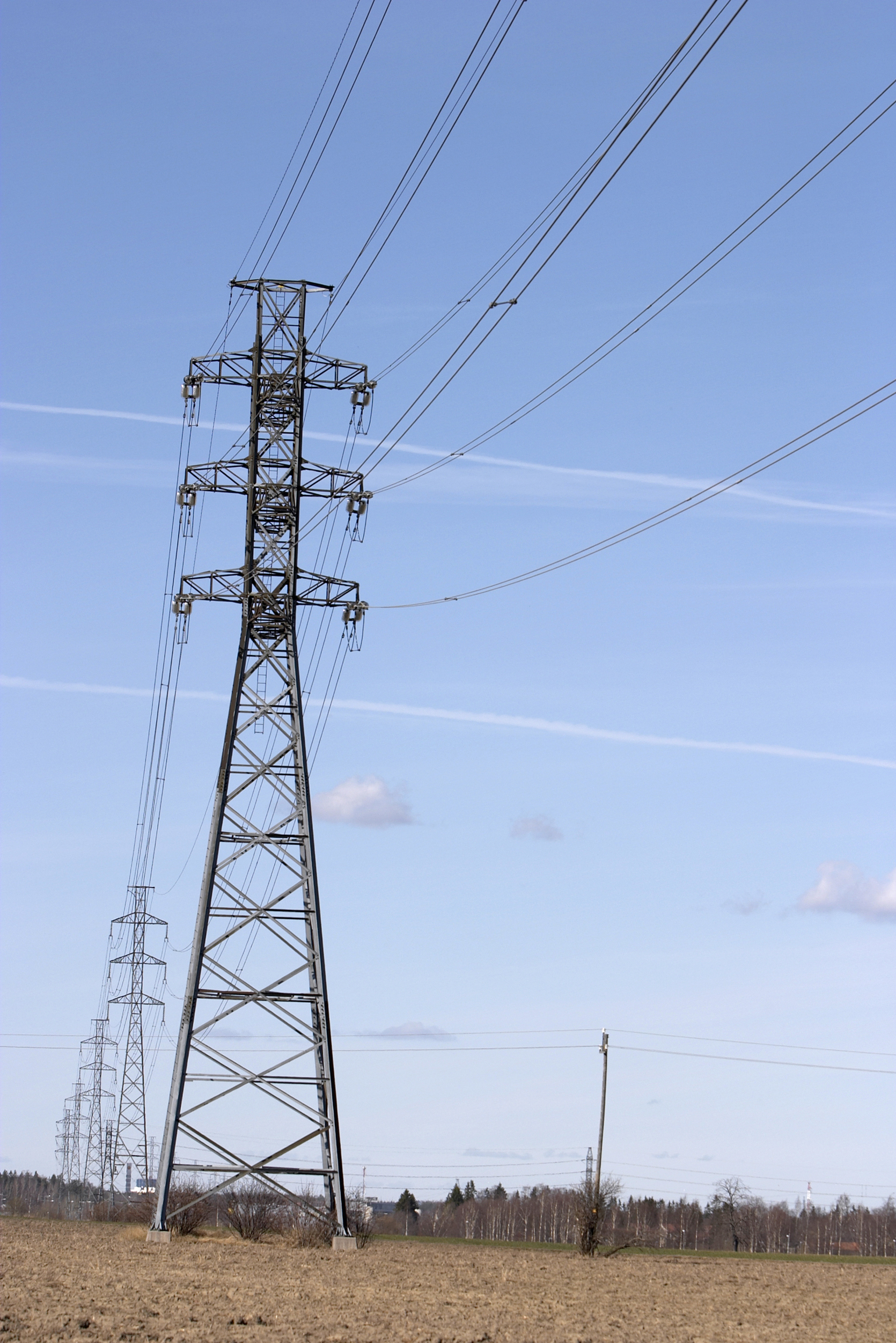Access to affordable energy has been the cornerstone of economic prosperity experienced by such countries as the United States, the United Kingdom and many others. These countries have also procured the direct results of their energy development through water contamination and diminished air quality as well as sickness. With hindsight being 20/20, how can these developed nations help the continent of Africa seek clean and sustainable energy without imparting a sense of colonialism? What does scalable energy development look like for Africa? How do you bring power and electricity to the masses? These questions and a thousand more have been posed of researchers, scientists, organizations and energy enthusiasts across the world as the continent’s population becomes increasingly vulnerable to the consequences of seeking and using basic indigenous sources of energy.
In its second year, the Global Commerce Forum’s Energy Africa Conference explored energy development across the diverse regions of Africa that are poised for variable energy markets while also accounting for the strengths, weaknesses and resources of each individual country. The conference hinged on creating a synergy between natural gas and renewables to assist the countries in Africa toward a cleaner, sustainable and more reliable energy future.
Even though the alignment of natural gas and renewables played out great on paper, it was evident from speakers across the spectrum that to power Africa, all aspects of energy development needed to be explored, especially as they related to the region and people that would be using that energy. “I think it is important to understand the needs of the people. Running long power lines to a village may not make sense or be economical where small lights and generators may be better,” said Likeleli Seitlheko, an energy policy studies and energy economics fellow at Rice University who grew up on the outskirts of Maseru, Lesotho.
The Kingdom of Lesotho, which is landlocked in the center of eastern South Africa, lies below the international poverty line where inhabitants earn on average $1.25 per day. In the urban centers, more expensive infrastructure development will take carefully formulated monetary structuring and planning, something that could take years and has the possibility of corruption or worse, the project going stale. The majority of these developments couldn’t leave the bigger cities either because of transmission costs, leaving rural dwellers without any feasible options.
“There is a real trend in rural to urban migration. Our youth are leaving our villages for the cities where there is more opportunity and more access to power,” said retired colonel Joseph Simbakalia, regional commissioner in Mtwara, Tanzania. “It is important to develop real energy options for our rural communities.” And problems like this are plentiful. Africa’s problems are primarily with access. With little to no infrastructure in place over vast geographic regions, access to power transmission, diesel and natural gas isn’t only unfeasible—it isn’t economical either. Even in the large cities, people can go without power for hours or days, and when it is on, it is intermittent and unreliable.
The most recent survey taken by the United States Geological Survey, released in April 2012, has shown vast undiscovered reserves of natural gas off the east coast of Africa. The most recent discoveries by Anadarko amounted in roughly 30 trillion cubic feet of natural gas and some of the largest discoveries in Africa, according to IHS Energy. However, because of demand, economics and infrastructure challenges, most of this will be exported to Asian markets. The midstream infrastructure currently in place is dismal even as it stands, and countries that use it have it allocated for various types of petroleum. It is also in these areas, close to the large cities, that large-capacity wind and solar can be accessed and applied to a current transmission system.
Therefore, it is only pragmatic that in areas where there is no major transmission or midstream infrastructure and where a majority of the people are, coming up with unique and sustainable solutions is crucial to the continent’s successful energy creation. With a diverse reach of study and experience, panelists of the conference explored different opportunities to maximize proper impact for various regions. In many areas solar and wind provide real options for power, whereas in other dense, forested areas, biofuel generators and battery recharging are more feasible.
It is important to understand what these challenges are and to explore what designs and business opportunities are working and what ones are not. The Energy Africa conference brought together some of the most engaged and thoughtful individuals in the energy sector working on projects for Africa and other emerging economies. They brought product insight, economic foresight, but more importantly they brought stories about the communities of Africa: stories of people brought together through advanced cellular communication, mothers and their children who are forever changed by cook stoves, and a story of a single light bulb where people from a village could come to study and be together. They told of an Africa and of its communities slowly changing through access to energy.

